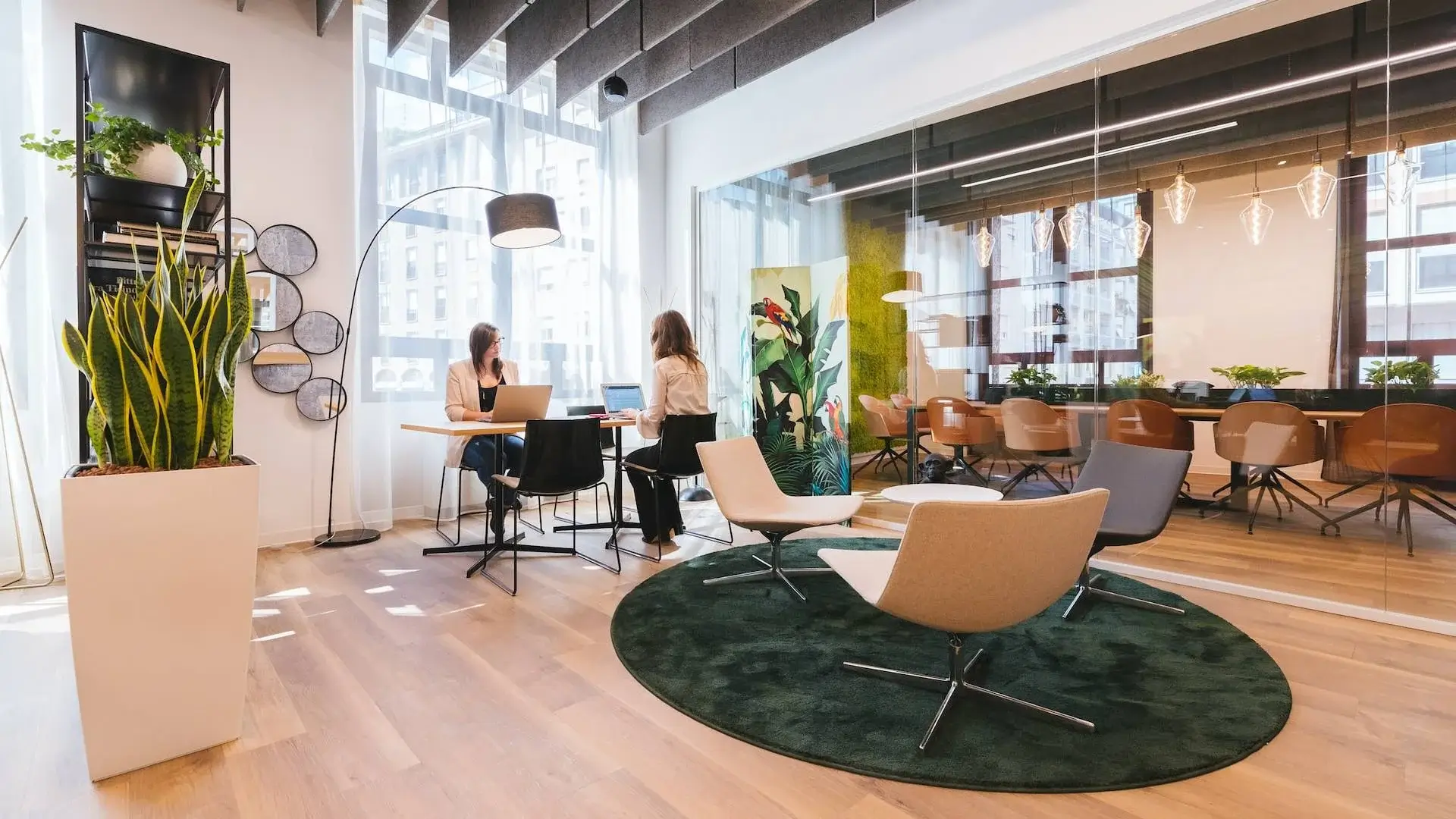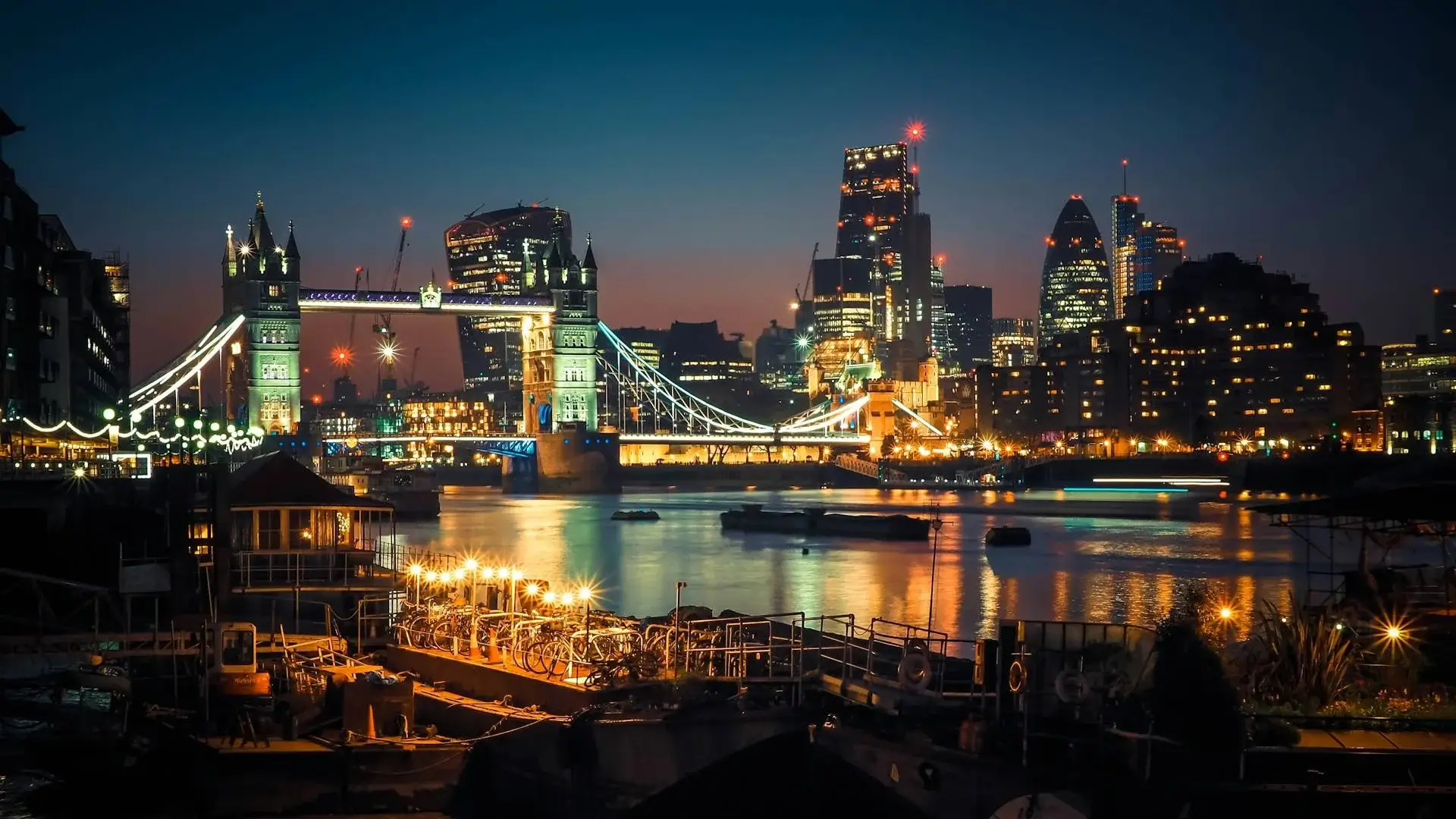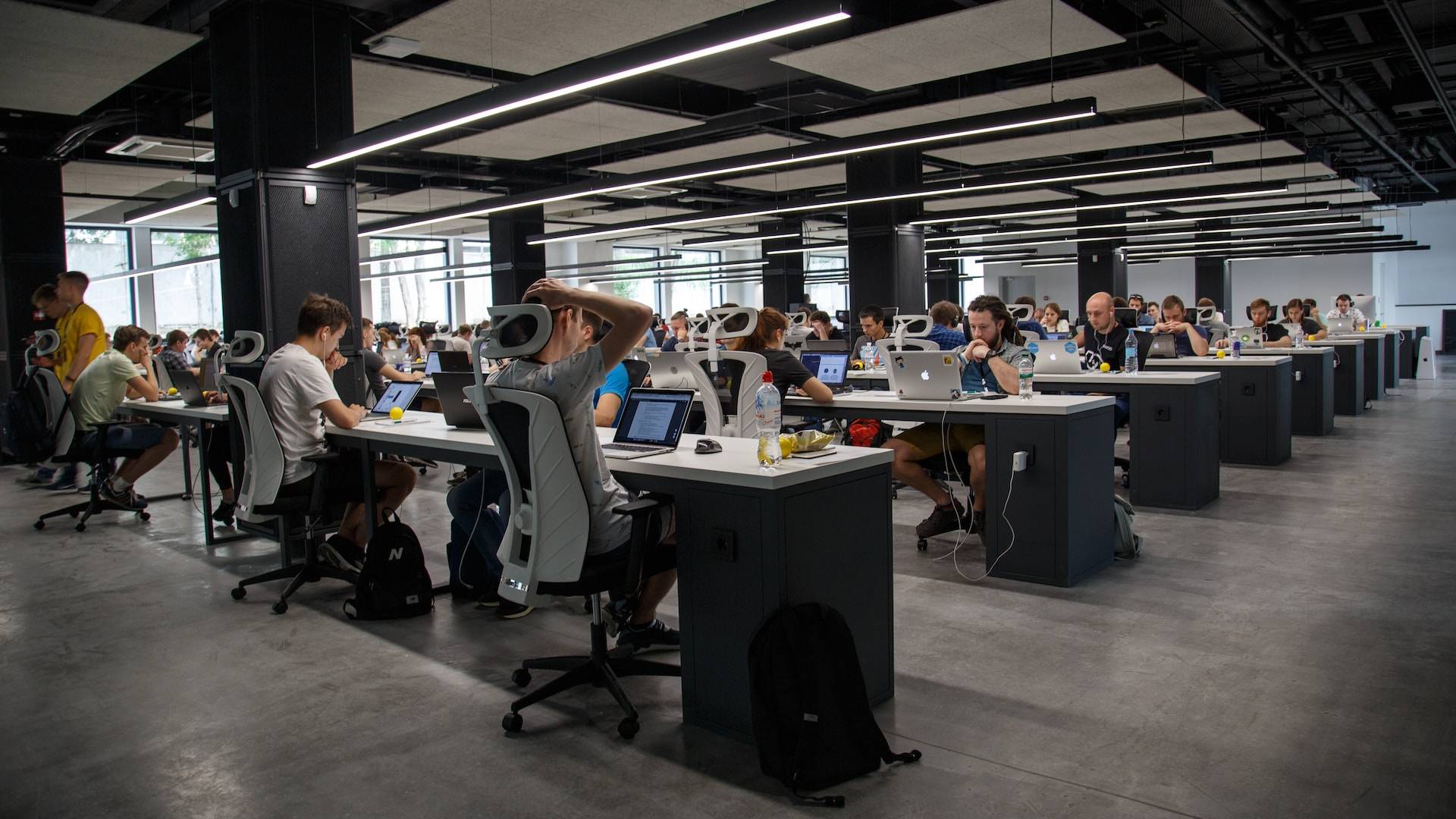Top 5 Lighting Industry Trends Shaping 2024

2024 is set to be an exciting year for the lighting industry. Technological advancements, sustainability imperatives, and more nature-inspired or ‘biophilic’ design approaches are converging to reshape the sector.
Here are the five trends that are set to define the industry over the coming months.
1.Remanufacturing: Supporting the circular economy
As the built environment looks to accelerate its carbon reduction efforts, the lighting industry is taking a significant step towards sustainability through remanufacturing. Remanufacturing involves the refurbishment of used lighting products, extending their lifespan, and reducing the demand for new materials.
The approach supports multiple Environmental Social and Governance (ESG) goals and, more broadly, the development of a more sustainable, circular economy. Remanufacturing will continue to be a key theme for T-Word over the coming months. Watch this space!
2. Smart lighting: A key tool for delivering sustainability
Smart lighting is increasingly recognised as a sophisticated tool for creating efficient, and more sustainable environments. Smart lighting goes beyond simple on-off switches, offering features such as remote control, programmable settings, and integration with other smart devices as part of the IoT (Internet of Things).
Automation features, such as motion sensors and timers, prevent unnecessary lighting, helping to conserve energy. Remote monitoring and management capabilities enable efficient troubleshooting and maintenance, minimising resource waste. 2024 will continue to see smart lighting used to enhance buildings’ sustainability credentials.
3. Dark Skies: Nature-friendly lighting
The importance of preserving our natural environment is increasingly influencing lighting design. Dark skies initiatives aim to reduce light pollution, which is proven to have adverse effects on wildlife, natural ecosystems, and, potentially, our own health (by interrupting our natural circadian rhythms).
Nature-friendly lighting solutions focus on directing and minimising light pollution, ensuring that outdoor lighting is both functional and respectful of the surrounding environment. By embracing dark skies principles, the lighting industry is contributing to the well-being of ecosystems and promoting a healthier coexistence between technology and nature. You can explore Tamlite’s range of Dark Sky approved Luminaries here.
4. Human-Centric Lighting: Enhancing wellbeing
Recognising the impact of light on human health and productivity, the lighting industry is shifting towards human-centric lighting solutions. This approach considers the physiological and psychological effects of light on individuals, with the goal of enhancing well-being and performance.
Human-centric lighting mimics natural daylight patterns, adjusting colour temperature and intensity throughout the day. By incorporating lighting environments that align with our circadian rhythms, buildings can promote better sleep, increased alertness, and overall improved quality of life.
5. Focus on Building Safety: Beyond illumination
While lighting has long been associated with visibility and aesthetics, the industry is placing a heightened emphasis on building safety. This is especially the case since October 2023 when a new and more stringent building control regime came into force in England as part of secondary legislation for the Building Safety Act. Modern lighting systems are designed to integrate with security features, such as motion sensors, emergency lighting, and exit signs. In emergencies, well-designed lighting systems can guide occupants to safety and aid first responders.
These trends underline the lighting industry’s commitment to sustainability, innovation, and the wellbeing of both people and the planet. From remanufacturing for sustainability, to human-centric lighting to support wellbeing, lighting manufacturers are evolving to meet the needs of 2024 in a fast-changing world.


